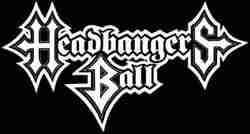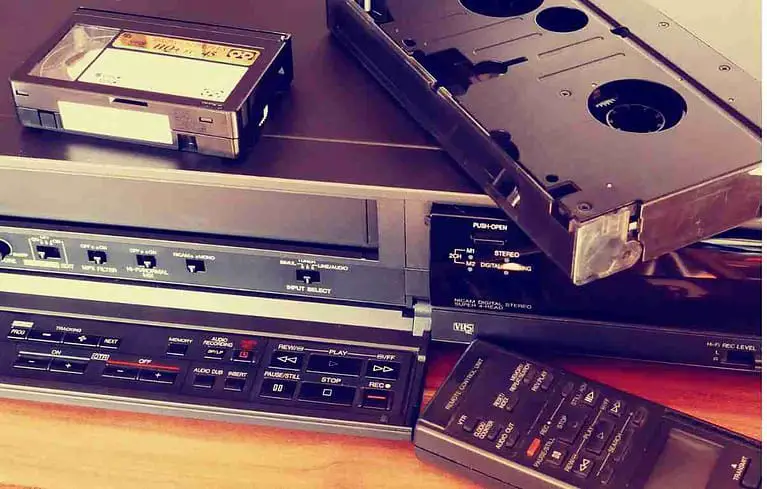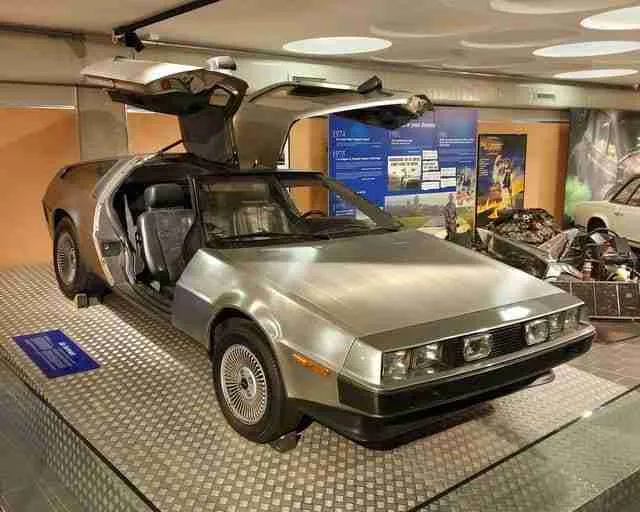A look at the 6 most notable computers from the 80s decade.
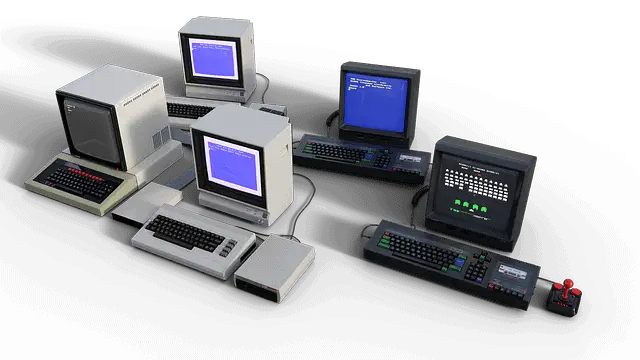
The 1980s were a pivotal time in the history of computers. During this decade, personal computers (PCs) became widely available to the general public. The early days of personal computing were marked by a great deal of excitement and experimentation. In many ways, the computers of the 1980s were very different from the computers we use today. Here’s a look at some of the six most notable computers from the 1980s.
The top 6 computers of the 80s
1. Sinclair ZX81 computer
The ZX81 was a home computer produced by Sinclair Research and manufactured in Dundee, Scotland, by Timex Corporation. It was launched in the United Kingdom in March 1981 as the successor to Sinclair’s ZX80 and was designed to be a low-cost introduction to home computing for the general public. The ZX81 featured a minimalistic design and was very easy to use. It had a small keyboard and a single-line display. Despite its simplicity, the ZX81 was a competent machine and could be used for various tasks, including programming, gaming, and word processing.
The ZX81 was extremely popular in the UK and sold over 1.5 million units. It also became popular in other countries, including the United States, where it was sold as the Timex Sinclair 1000. Despite its success, the ZX81 was discontinued in 1982, just one year after its launch. It was replaced by the ZX Spectrum, a more powerful machine with a color display. The ZX81’s legacy continues today, with many features used in modern computers.
2. BBC Micro Computer
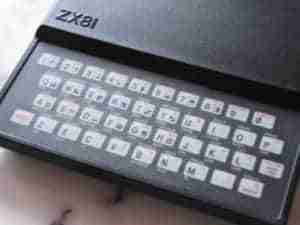
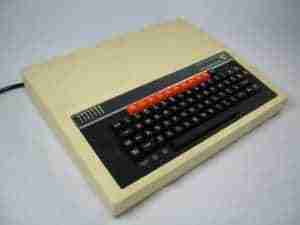
The BBC Micro was one of the most influential computers of the 1980s. It was designed and built by Acorn Computers in the UK for the BBC Computer Literacy Project and quickly became a staple of British education. The BBC Micro was a trendy machine, with over 1.5 million units sold. It was also very well-respected for its powerful hardware and excellent build quality. The BBC Micro was used in countless schools and homes throughout the UK and inspired a generation of young computer enthusiasts. Many still fondly remember it, and it remains an essential part of British computing history.
3. Apple Lisa
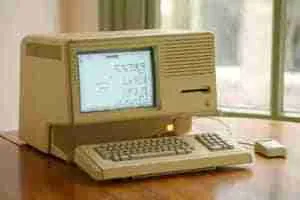
Apple Lisa computer was one of the first personal computers to offer a graphical user interface. It was aimed at individual business users and was released in 1983. Its development began in 1978, making it one of the earliest computers on the market. Its sleek design and easy-to-use interface made it a popular choice for computer users in the 1980s. But what made the Apple Lisa truly unique was its advanced features for its time. Apple Lisa was equipped with a 5MHz CPU, 1MB of RAM, and a built-in hard drive. This allowed users to store and retrieve data faster than ever before.
Apple Lisa also came with several applications pre-installed, including a word processor, spreadsheet, and presentation software. These features made Apple Lisa a powerful tool for businesses and paved the way for the following Macintosh computers.
However, Apple Lisa was also very expensive, with a price tag of $9,995. This made it inaccessible to many consumers and contributed to its eventual discontinuation in 1986. Despite its high cost, the Apple Lisa was a groundbreaking computer that helped shape the future of computing.
4. Macintosh
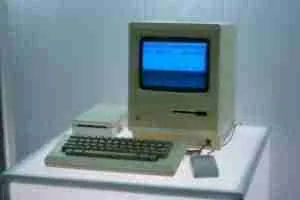
When you think of the Macintosh, you probably think of those chunky, colorful computers from the 80s. But the Macintosh is so much more than that! The Macintosh is a family of personal computers designed, manufactured, and sold by Apple Inc. since January 1984. The original Macintosh is the first successful mass-market all-in-one desktop personal computer to have featured a graphical user interface, built-in screen, and mouse. In other words, it was way ahead of its time! And it’s still going strong today; the latest models are sleek, powerful, and easy to use.
There’s a Macintosh computer for everyone! The original Macintosh was just the beginning. The Macintosh family has since expanded to include many computers, laptops, all-in-ones, desktops, servers, and more. And with over 30 years of innovation, the Macintosh will continue setting the standard for years to come.
5. Personal System/2
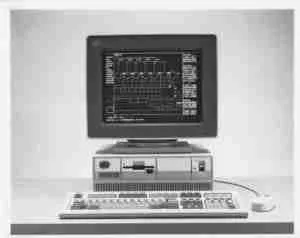
The IBM PS/2 was a game-changer when it was released in 1987. It was IBM’s second generation of personal computers, and it quickly replaced the older models in IBM’s lineup. The Personal System/2 offered several features ahead of its time, making it one of the most popular personal computers of the late 80s.
One of the most notable features of the PS/2 was its built-in mouse port. This allowed users to connect a mouse directly to the computer, eliminating the need for an external mouse. The PS/2 also had an improved graphics and sound system, making it ideal for gaming and multimedia applications.
Perhaps the biggest selling point of the PS/2 was its expandability. The PS/2 could be upgraded with various external devices, including hard drives and CD-ROM drives. This made the PS/2 a popular choice for businesses and power users who needed a powerful and expandable computer.
6. Macintosh SE/30
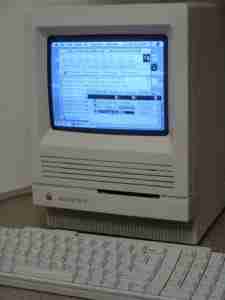
When it was first released in 1989, the Macintosh SE/30 was hailed as a breakthrough machine. It was the fastest of Apple’s original black-and-white compact Macs, quickly becoming a favorite among design professionals and power users. Despite its small size, the SE/30 packed a powerful punch.
It featured a 16 MHz Motorola 68030 processor, 1 MB of RAM (expandable to 128 MB), and an 800 KB floppy drive. Plus, it came with Apple’s new System 7 operating system pre-installed. The SE/30 was also one of the first Macs to offer built-in networking capabilities. Its Ethernet port allowed users to connect to LocalTalk networks, making it perfect for small businesses and schools.
The Macintosh SE/30 was a fabulous computer in its day, but it was quickly eclipsed by the newer Macintosh II when it was released in 1991. Nevertheless, the SE/30 remains a popular collector’s item among vintage Mac enthusiasts.
Conclusion
The computers of the 1980s were very different from the computers we use today. They were often large, bulky, and expensive. However, they were also groundbreaking machines that paved the way for the computers we use today. From the Apple Lisa to the IBM PS/2, these computers impacted the history of computing.
